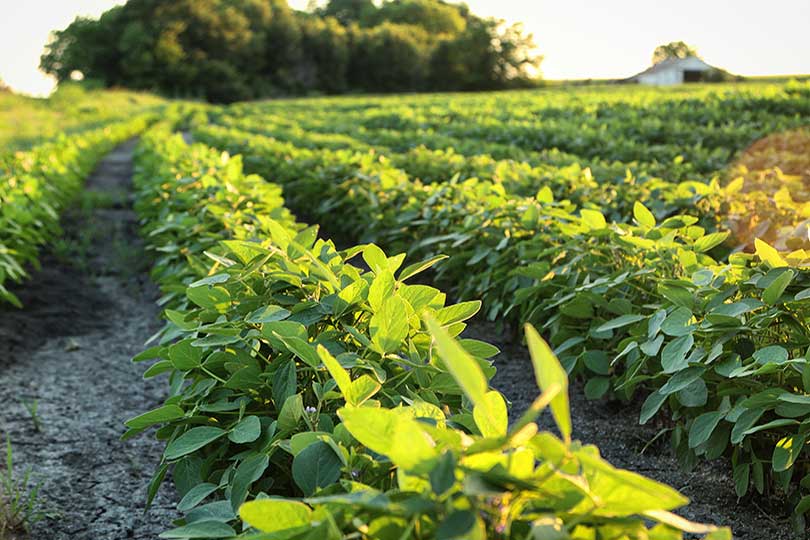Asian soybean rust has the potential to cause significant soybean yield losses. Soybean rust is a weather-driven disease in which development is favored by wet, humid weather and conditions.
When untreated, the disease can cause yield losses due to premature defoliation, fewer seeds per pod and decreased number of filled pods per plant. The spread, however, is limited by areas that become dry and if temperatures go above 86 degrees.
In fall 2004, Hurricane Ivan blew the first soybean rust spores into the U.S., prompting the U.S. Department of Agriculture (USDA) to provide funding for several states to closely monitor the disease. Specialists from more than 35 states would report and discuss the disease during conference calls.
Areas with mild winters, such as the Gulf Coast of Texas, can serve as locations where soybean rust spores can mature and develop.
Soybean rust was first detected in Texas in 2005 on kudzu leaves in Liberty County. Texas has played a key role in monitoring for soybean rust for the Midwestern states like Iowa, Illinois, Minnesota, Nebraska and Indiana that grow the majority of the U.S. soybean crop.
The United Soybean Board (USB) eventually became the funding source. The USB has worked to monitor the disease since this time, but as the threat began to disappear, the funding has started to dry up, according to DTN Progressive Farmer.
Eventually only the most vulnerable states along the Gulf Coast from Texas to Florida received any funds from the United Soybean Board.
“We were informed we will not receive funding from USB in 2017,” Auburn University Extension plant pathologist Ed Sikora told DTN Progressive Farmer. “Some states may receive funding from their local state checkoff boards for monitoring, but states that have little soybean acreage, such as Florida and Texas, will not be able to go this route, unfortunately.”
Sikora is concerned that as the USB funding for monitoring surveillance will drop and eventually lead to a potential epidemic.
Even though soybean rust is well controlled, farmers do not need to get careless about monitoring for it. Several years of drought in the deep South helped keep the disease back. But if farmers don’t remain diligent, they could be blindsided.
With the reduction of USB funds, Texas does not have a soybean checkoff board to fund monitoring efforts.
Other soybean growing counterparts in the Midwest have relied on Texas’ monitoring efforts to help control the spread of the disease.
“People will start to forget about soybean rust as we lose expertise,” Sikora said. “And that could be catastrophic to southern growers as time goes by.”

